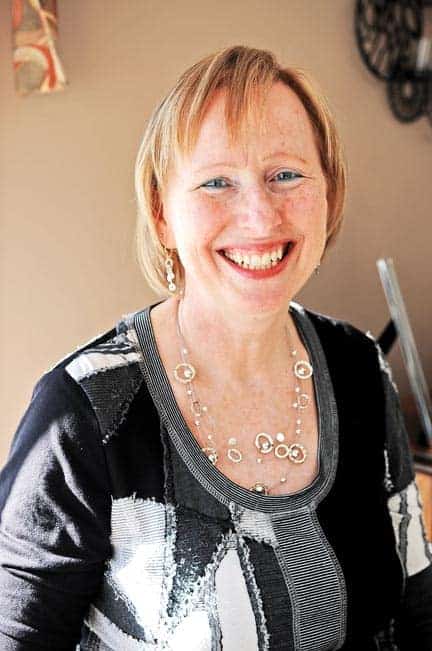Orson Welles called Buster Keaton “one of the most beautiful people ever photographed.” The critic Robert Benayoun, in his book The Look of Buster Keaton, compared Keaton’s stoic gaze to the paintings of Marcel Duchamp, Giorgio de Chirico, and Francis Picabia. James Agee called him “so much the most deeply ‘silent’ of the silent comedians that even a smile was as deafeningly out of key as a yell.”
![The VOC Silent Film Harmonic will play the bass for the Great Stone Face on March 28. Keaton’s Civil War comedy, a box office failure on its first release, is now regarded as one of the classics of the silent era.[Submitted]](https://www.observerxtra.com/content/images/wp-content/uploads/2014/03/POST_ARTS_General.jpg)
Hundreds of critics have spent thousands of pages trying to articulate “the Great Stone Face’s” stone face, but this adulation came late. In his 1920s heyday, Keaton was popular, but less so than contemporaries like Charlie Chaplin, Harold Lloyd, and Fatty Arbuckle. On March 28, K-W’s Silent Film Harmonic will contemplate that famous gaze when it plays musical accompaniment to The General (1926) – Keaton’s best film, but the least popular upon its first release.
“There is a strong current to his humour that is understated,” notes bass player Ted Harms. “Most of the gags come from his stone-faced reaction to things. I don’t want to rile the feathers of people in the 1920s, but maybe that was more sophisticated.”
He continues, “It’s that understated approach – that ‘I’m not going to feed you the joke’ approach. It’s not work to see his films, but it’s not going to just fall into your lap. In almost every Keaton film, there are a couple of moments where there’s a really small gag that you only catch after seeing it two or three times. Something like that will tend to have longer legs than something that is just one joke and done.”
In The General, Keaton plays a railroad engineer in the Civil War south whose girlfriend tells him she’ll only see him if he enlists. The army sees his value as an engineer, and his girlfriend leaves him. A year later, the Union steals Buster’s train, with his gal as an accidental passenger, and our man launches his pursuit across enemy lines.
Much of the film is spent on two spectacular chases, with Keaton’s small body leaping across the train with balletic precision (it is hardly surprising that Jackie Chan cites him as an influence). In the midst of so much chaos, his smallest gestures convey a world of emotion. He shows shock and fear when his eyes widen slightly. When he’s at a loss for what to do, his brow furrows quizzically. And when things are going wrong, and he has no choice but to vent his frustration, he will open his mouth a fraction of an inch.
But in moments of triumph, he will never, ever smile. He entered show business as a child, part of a family act called “the Three Keatons” in which his father would literally throw him around the stage. As long as he kept an indifferent look during the onslaught of abuse, the audience laughed, but he found that nobody liked it when he cracked a smile. In his private life, Keaton laughed as much as anyone, but if a camera was present, he put on a frown. (One documentary, Buster Keaton Rides Again, shows him hiding his face behind a curtain upon receiving praise.)
Critics of the 1920s acknowledged Keaton’s talent, but regarded him as little more than a joke merchant. The General was his most ambitious film – with battle scenes inspired by the photos of Matthew Brady, it’s a much more convincing recreation of the Civil War than Gone With the Wind – but audiences were ambivalent.
“Maybe it was just too much of a mash of genres,” suggests Harms. “You have romance, and it’s also a chase movie, and it’s also a war movie. Was that a little bit too much? Were audiences just expecting more of a series of gags? There are some relatively dramatic parts, and there are certainly some heroic parts, so it is getting out of what was seen as Keaton’s area.”
Keaton had a few more good movies after The General, but its financial failure hurt his clout. When he signed with MGM in 1928, he lost his creative freedom, found the bottle, and his career flamed out. After years in the wilderness, he worked as an actor-for-hire in the ‘50s and ‘60s, popping up in the likes of Beach Blanket Bingo. The years and the booze had aged him, and he was no longer “one of the most beautiful people ever photographed,” but he looked more like Buster Keaton than ever. “The older Keaton got,” Robert Benayoun wrote, “the more one could see eternity in his look.”
The VOC Silent Film Harmonic will accompany The General at the Registry Theatre (122 Frederick St.) on March 27, 8 p.m. Tickets are $15 ($10 with food bank donation, $5 with eyego), and can be ordered at centreinthesquare.com or 519-578-1570.









